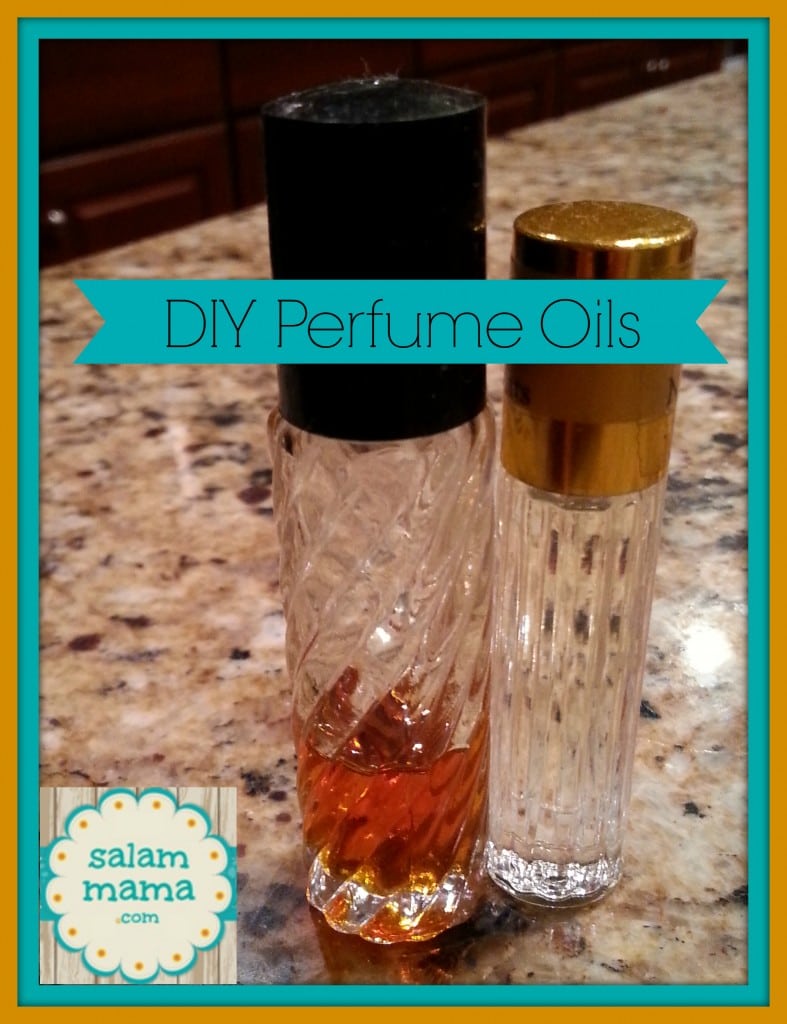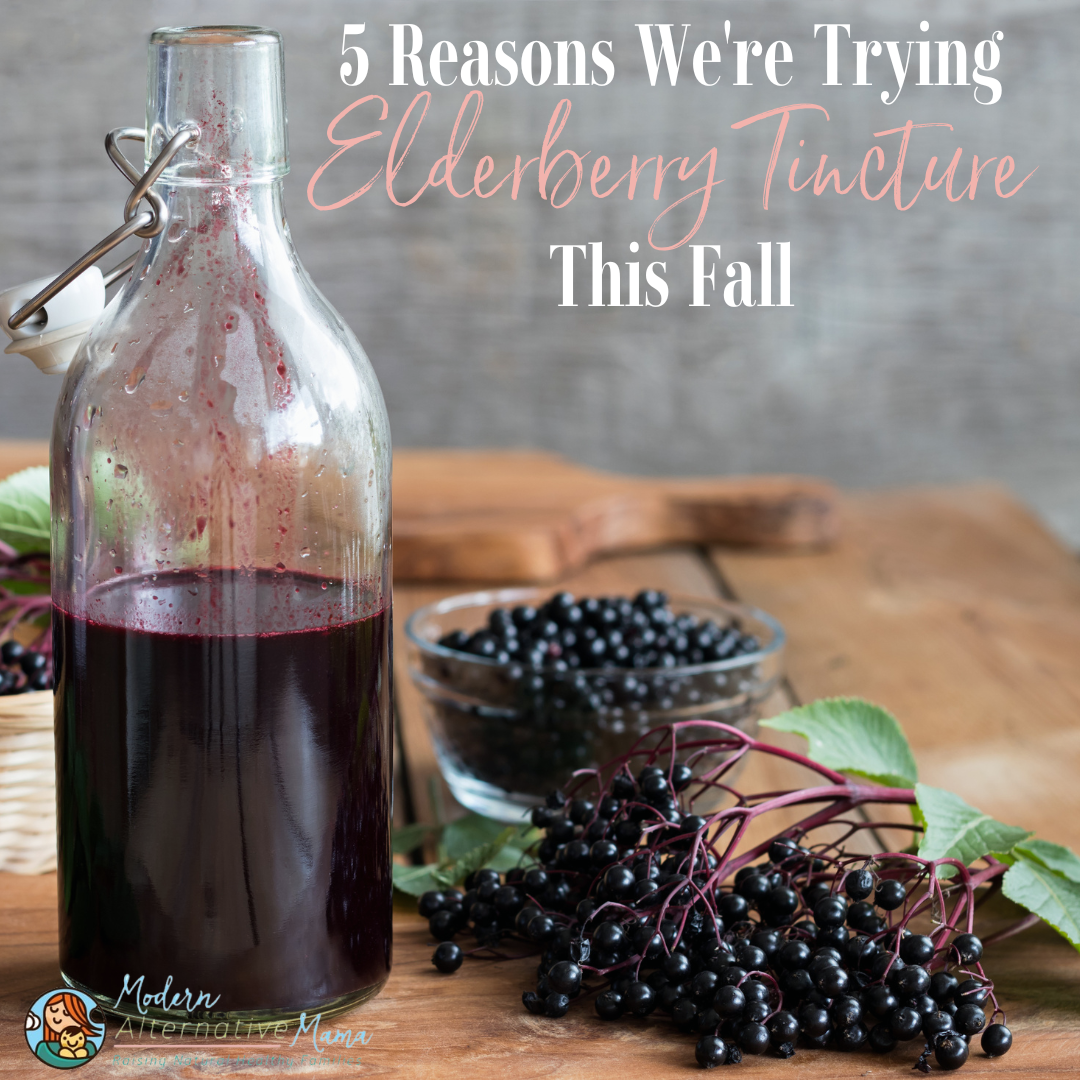Written by Priscilla
Have you made a face recently? If you have, I’m guessing it was how you reacted to something you smelled. Some smells can be a very powerful and emotional sense – eliciting physical reactions, bringing on specific memories, turning us on to our favorite meal, or turning us off to a poopy diaper.
I have a very strong sense of smell. Or would it be called a sensitive sense of smell? Either way, I often pick up on scents that others don’t. Certain ones can practically transport me to another place and time (Crayola crayons, anyone? Play-Doh, too!).
For many, many years, my signature perfume was Gap’s “Heaven.” Before heading out of the house for any reason, I used to douse myself with several sprays from its pump. I overdid it, not because I had become desensitized to the scent but because I loved it.
Fortunately, those days are long gone. I’ve since learned that there can be a high price to pay for using perfumes and colognes. If you’ve read our blog, Everything You Need to Know About Fragrance, you know many of the chemicals in perfumes and colognes are suspected (or even known to be) hormone disruptors or allergens. Many of these chemicals have not been tested for safety in personal care products. Some are even derived from petroleum.
For this discussion, I’ll use ‘perfumes’ to refer to perfumes and colognes.
Hormone Disruption
Chemicals that act like estrogen are commonly found in perfumes and can affect development and fertility. Exposure to higher estrogen is linked to a higher incidence of breast cancer.
Some of these chemicals (like parabens) are also associated with various health problems. These problems include damage to the liver, kidneys, lungs, and reproductive system – particularly the developing testes of prenatal and neonatal males. It’s estimated that 75-90% of perfumes contain parabens.
Allergens
Whether they touch your skin or you inhale their scent, perfumes can contain hundreds of unlabeled, toxic, and unregulated chemicals. These chemicals can trigger allergic reactions like headaches, rashes, and asthma attacks. Fragrances are considered to be among the top five known allergens.
So, how can we avoid this toxic chemical mix? Just check a product’s label, right? If only it were that easy.
Fragrance is considered a trade secret, so companies don’t have to disclose what it contains. This secrecy is legal because of the Federal Fair Packaging and Labeling Act of 1973, which requires companies to list a cosmetic’s ingredients on its label – but explicitly exempts fragrance.
It’s important to note that while the word ‘fragrance’ can mean many things, ‘unscented’ is altogether misleading. An unscented product can contain fragrances that do nothing more than mask the odor of other chemicals it contains. We can forget to make an educated decision since we can’t rely on full disclosure.
So what’s a girl (or guy!) to do? Mix a batch of essential oils to create your very own unique scent, of course!
Natural Perfume Oil Collection
Woodland Natural Perfume — uplifting, grounding, meditative, and comforting.
- 4 drops of spruce essential oil
- 2 drops of fir needle essential oil
- 2 drops of cedarwood essential oil
- 1 drop of vetiver essential oil
- 1 drop of bergamot essential oil
- 1 tsp. of jojoba oil
Sweet Summer Natural Perfume — relaxing and warming, reminiscent of summer, with a lightly floral aroma complemented by hints of spice and cedar.
- 10 drops of lavender essential oil
- 5 drops of chamomile essential oil
- 4 drops of cardamom essential oil
- 1 drop of cedarwood essential oil
- 1 drop of geranium (rose) essential oil
- 1 tsp. of jojoba oil
Refreshing Natural Perfume — rejuvenating, uplifting, energizing, and stimulating.
- 13 drops of peppermint essential oil
- 13 drops of rosemary essential oil
- 5 drops of lemon essential oil
- 5 drops of sage essential oil
- 5 drops of juniper berry essential oil
- 1 tsp. of jojoba oil





[…] Read the full article here […]
[…] excited today because my guest post for Modern Alternative Mama is up and y’all HAVE TO click on over there to check it […]
[…] DIY Natural Perfume Oils […]